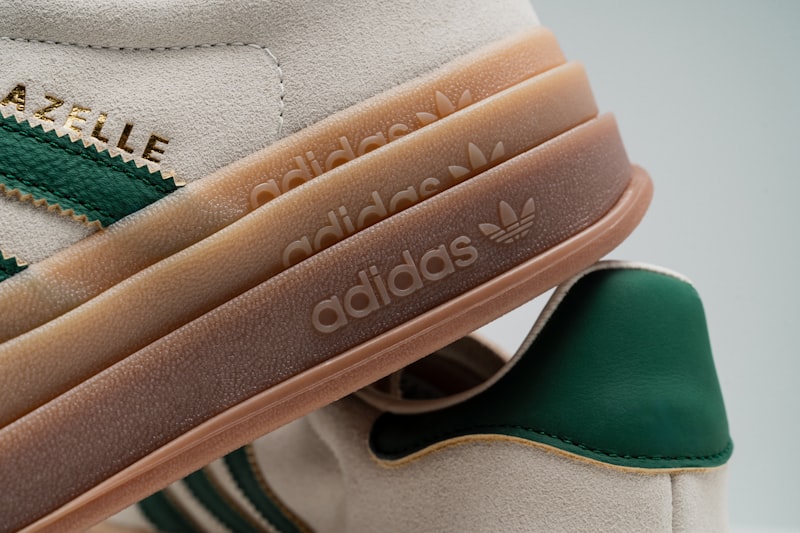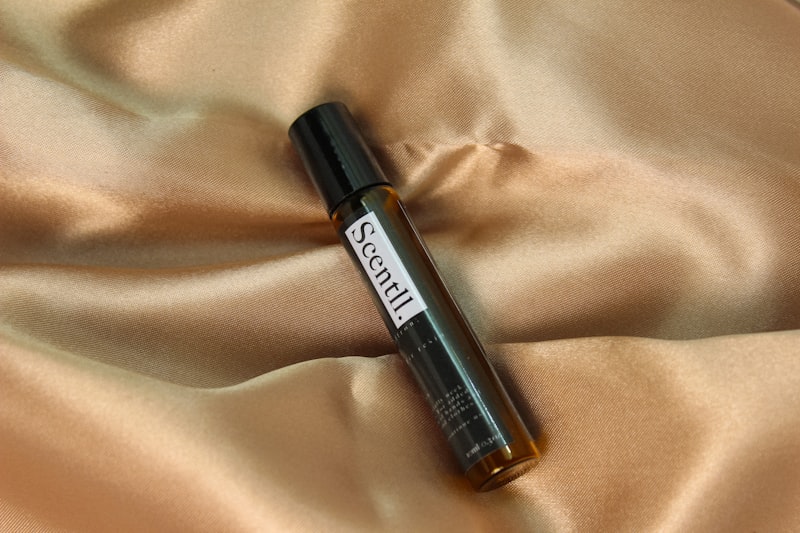How Has Women’s Fashion Evolved Over the Last Century?
In the roaring 1920s, women’s fashion was all about liberation. The flapper dress, with its loose fit and fringe, symbolized a break from the constricting styles of the past. Fast forward to the 1950s, and you’ll see a dramatic shift with the rise of the hourglass figure, courtesy of Christian Dior’s New Look. Skirts flared, waistlines cinched, and femininity was celebrated with a dramatic flair.
The 1960s brought the Swinging Sixties and the iconic mod look, driven by youth culture and music. Mini skirts, bold prints, and innovative fabrics like PVC made a splash. By the 1980s, power dressing took center stage. Shoulder pads, bright colors, and tailored suits became synonymous with women’s newfound assertiveness in the workplace.
Now, let’s jump to the 2000s and beyond. Fashion has become an eclectic mix of past influences and futuristic trends. The lines between casual and formal have blurred, with streetwear and high fashion merging into a seamless blend. Sustainability has become a key focus, with more designers opting for eco-friendly materials and practices.
In essence, women’s fashion has mirrored changes in society, from liberation and empowerment to innovation and sustainability. Each decade has left its unique mark, shaping today’s diverse and dynamic fashion landscape.
From Corsets to Comfort: A Century of Women’s Fashion Transformation
For centuries, corsets were a staple in women’s wardrobes, defining the ideal shape and often restricting movement. Picture it: women were corseted so tightly that sitting down could be a challenge. They were symbols of social status and femininity but at the cost of personal comfort.
Fast forward to today, and the landscape has drastically changed. Comfort has become the new luxury. The rise of casual wear, from stretchy leggings to oversized sweaters, reflects a broader cultural shift. Women now prioritize ease and flexibility over strict adherence to historical beauty standards. The modern wardrobe embraces soft fabrics and relaxed fits, mirroring a more liberated and practical approach to fashion.

This evolution from the restrictive corset to today’s laid-back styles illustrates how fashion continually adapts to societal changes. Each era’s fashion choices tell a story about what was valued at the time, and today’s emphasis on comfort is a powerful statement of freedom and individual choice.
100 Years of Chic: Tracing the Evolution of Women’s Fashion
Let’s start in the roaring twenties. Women were shedding the restrictive garments of the past and embracing the liberation of the flapper style. Think of those iconic drop-waist dresses and bobbed haircuts—fashion was all about freedom and fun. Fast forward to the 1950s, and you’ll see a complete shift. Women’s fashion embraced the classic hourglass figure with full skirts and cinched waists, epitomized by the glamorous designs of Dior’s “New Look.”
By the 1970s, fashion took a bold turn. It was all about individuality, from bell-bottom jeans to psychedelic prints. Women’s clothing became a canvas for self-expression, reflecting the era’s social changes. The 1980s cranked up the volume with shoulder pads and bold, powerful silhouettes. Women weren’t just making a fashion statement; they were proclaiming their presence in the workforce and beyond.
As the 1990s rolled in, minimalism came into play. Clean lines and understated elegance took over, with designers like Calvin Klein and Kate Moss setting new standards. And now? Modern fashion is a melting pot of all these influences. Today’s trends blend vintage vibes with futuristic designs, and sustainability is becoming as important as style. From athleisure to gender-neutral fashion, the evolution continues to push boundaries and redefine what it means to be stylish.
So, if you ever wonder how fashion evolves, just think of it as a grand, ever-changing tapestry that reflects society’s shifts and whims. Isn’t it fascinating how a century of women’s fashion can tell such a vibrant story?
The Evolution of Elegance: How Women’s Fashion Has Changed Since 1924
In the 1920s, fashion was all about liberation and rebellion against the rigid constraints of the previous eras. The introduction of the ‘garçonne’ look was revolutionary—think loose-fitting dresses, straight cuts, and the iconic bob hairstyle. It was a symbol of freedom and modernity, breaking away from the restrictive corsets and voluminous skirts that once defined women’s fashion. The glamorous yet practical styles reflected a new sense of independence.
Fast forward to the 1950s, and elegance took on a different form with the hourglass figure making a grand return. Dior’s New Look, with its cinched waists and full skirts, celebrated femininity in a way that was both elegant and structured. This era embraced luxury and opulence, highlighting a return to more traditional notions of grace and sophistication.
The 1970s brought a burst of creativity and self-expression. With bell-bottoms, psychedelic prints, and a carefree attitude, fashion became a canvas for personal style and rebellion against societal norms. It was a time when clothing was not just worn but was a statement, blending practicality with artistic flair.
Today’s fashion scene is a blend of eclectic influences and sustainable choices. From power suits that exude confidence to gender-neutral designs that challenge old conventions, contemporary fashion is about celebrating individuality while embracing inclusivity. Modern elegance is not confined to a single definition; it is about blending past influences with forward-thinking innovations, creating a tapestry of style that is as dynamic and diverse as the women who wear it.
Breaking Boundaries: Key Milestones in Women’s Fashion Over the Last Century
Imagine the 1920s: flapper dresses with fringe swaying to the jazz beat. It wasn’t just about the dress—it was a revolution. Women were trading in their restrictive garments for something that allowed them to move, dance, and breathe freely. The flapper era wasn’t just a fashion trend; it was a statement of independence and liberation.
Then, we zoom into the 1960s, where the mini skirt took center stage. Mary Quant, a fashion icon of the time, gave the world a shorter hemline, symbolizing youth and rebellion. The mini skirt wasn’t just a shorter skirt; it was a bold declaration of a new era where women weren’t afraid to push boundaries and assert their freedom.
Now, let’s talk about the 1980s. Power suits, shoulder pads, and bold colors took the stage. Women were entering the corporate world in droves, and fashion reflected this shift. The power suit wasn’t just about looking good in the office; it was about breaking through the glass ceiling with style and confidence.
And here we are today, in a world where fashion is not just about aesthetics but also about sustainability and inclusivity. Brands are focusing on eco-friendly materials and diverse representation, ensuring that everyone can find something that resonates with them.
Women’s fashion has always been a reflection of broader social changes. Each milestone, from the flapper dress to today’s sustainable fashion, tells a story of progress, empowerment, and self-expression.
From Flapper Dresses to Fast Fashion: A Look at Women’s Style Evolution
Picture the flapper dresses of the 1920s: short, fringed, and full of jazz-age flair. These dresses were more than just garments—they were a rebellion against the restrictive styles of the past. The loose fit and daring designs symbolized a new era of freedom and fun. Women danced the Charleston in these dresses, celebrating their newfound liberation and shaking off old constraints.
Fast forward to today, and fashion has taken on a new speed—enter the world of fast fashion. This industry is like a fashion tornado, spinning out new trends at breakneck speed. Unlike the timeless elegance of the flapper dress, fast fashion is all about the here and now. It’s as if fashion designers are in a race to see who can produce the latest look first. With each season bringing fresh styles, the cycle of consumption becomes quicker and quicker.
But what does this mean for us? The shift from flapper dresses to fast fashion highlights a dramatic change in how we view style. While the flapper dress represented a moment of cultural rebellion and change, fast fashion represents our current era’s desire for constant novelty and immediate gratification. It’s like comparing a classic novel with a daily blog post—one has lasting impact, while the other is all about what’s trending today.
So, as we zip through the decades, from the elegant flappers to the relentless pace of fast fashion, it’s clear that women’s style has always been a reflection of the times.
The Shifting Trends: How Women’s Fashion Has Redefined Itself Over 100 Years
Let’s talk about the 1920s. This era was all about the flapper, with its loose, straight lines and fringe that danced with every step. It was a statement of freedom and rebellion, a stark contrast to the restrictive corsets of the previous century. Fast forward to the 1950s, and you’ll see a shift to hourglass figures with cinched waists and full skirts—a nod to traditional femininity but with a fresh, post-war twist.
Then came the 1960s and 70s, where fashion took a radical turn. Think mini skirts, bold prints, and psychedelic colors. It was a fashion revolution, mirroring the cultural upheavals of the time. This was followed by the 1980s, where power dressing took center stage. Women’s fashion became all about shoulder pads, oversized silhouettes, and striking, assertive styles that screamed confidence.

Each decade has its own story, reflecting societal changes and shifting attitudes. Women’s fashion isn’t just about clothes—it’s a dynamic expression of evolving identity and cultural shifts.
